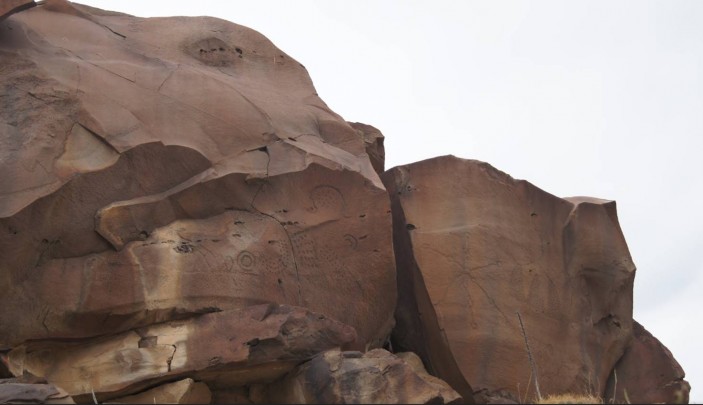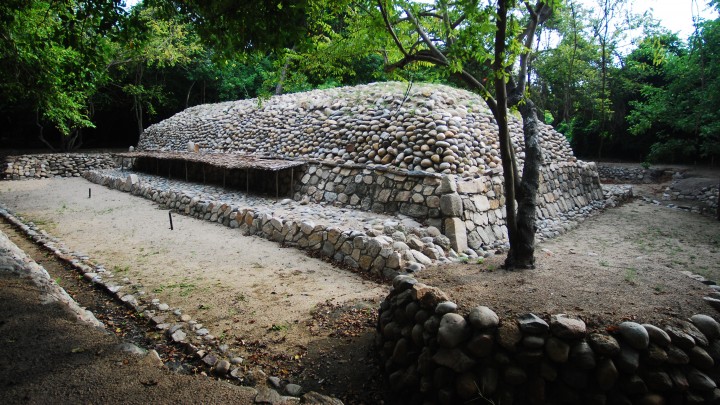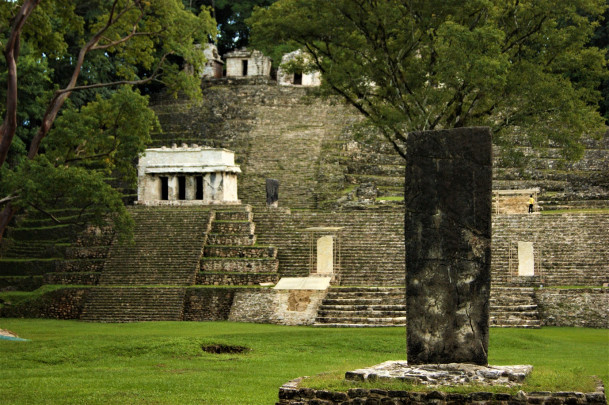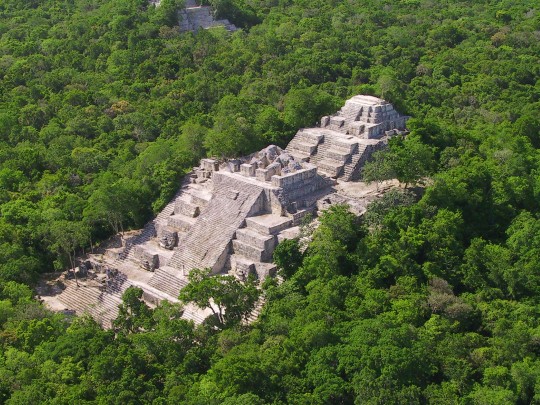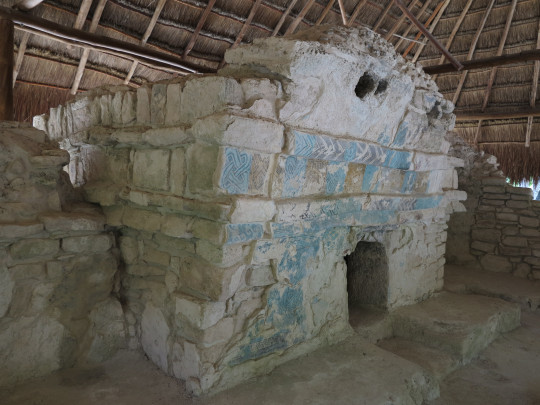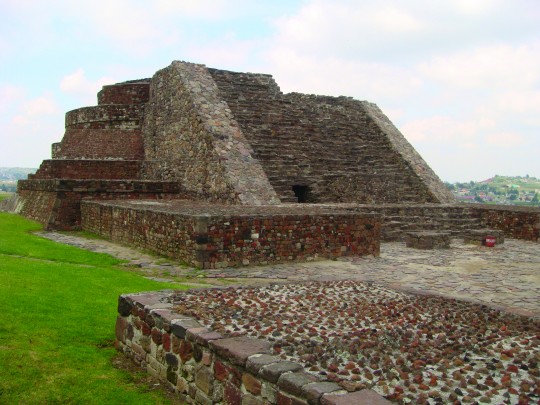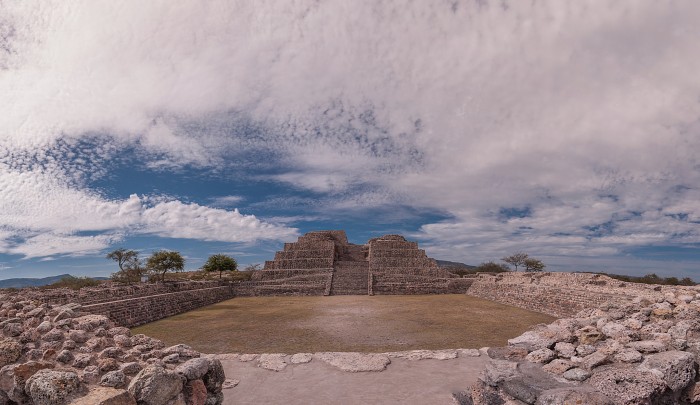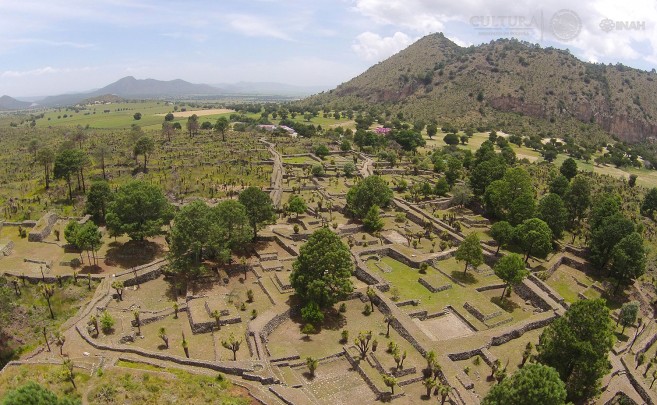189 Sites
Thousands of carved rocks have been found here with prehistoric drawings of groups of hunter-gatherers who used to inhabit the area. The images refer to the worship of nature and meteorological phenomena, among other themes.
Nuevo León
Close to Bahías de Huatulco, this site was a ceremonial center. It is located on the hills near the cliffs of the Oaxaca coast, within the Eco-Archeological Park, a wonderful natural setting.
Oaxaca
In the heart of the Lacandon jungle, Bonampak is famous for its extraordinary murals, which show scenes of war, paying tribute and the capture of prisoners for sacrifice.
Chiapas
Cacaxtla was a powerful political, military and commercial center that developed in the present-day states of Puebla and Tlaxcala. This site contains some of Mesoamerica’s most extraordinary and well-preserved murals. Xochitecatl's legacy is the unique Pyramid of the Flowers and a remarkable set of terracotta female figurines.
Tlaxcala
One of the largest cities in the Maya region, Calakmul is dotted by 120 stelae amid the monumental structures and pyramids. It is located in the second-largest natural reserve in the Americas, and was listed as a UNESCO Mixed World Heritage site in 2014.
Campeche
The land, owned by the modern industrial quarry, is the site of various discoveries of settlements dating back to 300 BC, notably Casa Azul (Blue House), with a fantastic mural of the Mayan cosmos, the “P” group of Xcaret and the Temple of the Columns.
Quintana Roo
The prosperous city of Matlazinca, between the Mexica empire and the Purépecha zone of influence. Conquered by the Mexicas in 1474, the remains date from this period. Notable for the rounded bases of the Temple of Ehecatl-Quetzalcoatl, with its tzompantli (wall of skulls).
Estado de México
The seat of a religious and calendar-based domain for agricultural systems and trade routes. Its principal constructions were designed as observatories, such as the House of the Thirteen Skies and the House of the Longest Night, which relates to the winter solstice.
Guanajuato
A vast fortified pre-Hispanic city which controlled the trade route between the high central plateau and the Gulf of Mexico. Everything about it is extraordinary: the acropolis, the plazas, districts, approximately 4,000 interconnected streets and numerous ballcourts. Its skilled craftsmen worked obsidian.
Puebla

